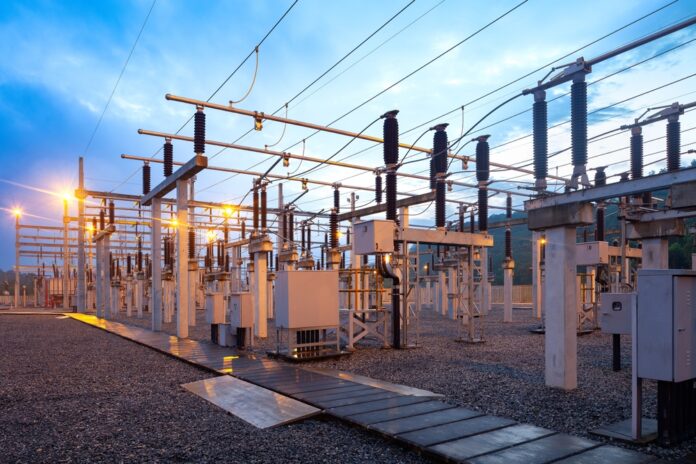The Department of Energy (DOE) has assured the public that power supply during the summer months and upcoming elections remains stable. However, assistant secretary Mario Marasigan warned that while power shortages are not expected, the possibility of yellow and red alerts—indicating low reserves and potential power interruptions—cannot be ruled out.
Speaking at the Bagong Pilipinas public forum on Wednesday, Marasigan said that the DOE continues to monitor power supply conditions, especially as the summer season begins. “Currently, power supply is sufficient, and we do not foresee any deficiencies in meeting our needs. We are running simulations to account for various contingencies,” he said.
Yellow alerts are issued when grid reserves are low, while red alerts indicate a shortfall in power supply that could lead to interruptions. In anticipation of these scenarios, the DOE prepared several interventions, including the Interruptible Load Program (ILP), where large electricity consumers use their own generators during shortages.
The DOE is also rolling out solar-powered lamps and backup generators in case of emergencies. However, Marasigan said the fuel for these generators will be shouldered by consumers.
In response to last year’s challenges, the DOE now factors the forecast heat index from the Philippine Atmospheric, Geophysical and Astronomical Services Administration (PAGASA) alongside peak demand forecasts to better assess the supply-demand balance.
On the elections, Marasigan said that an election task force has been set up in coordination with the Commission on Elections (COMELEC) to ensure reliable power in critical areas. “We’ve alerted all stakeholders, and power plants are prohibited from conducting repairs or maintenance within a week of the elections,” he said. “Power plants must operate at full capacity, and transmission and distribution lines are being inspected to identify potential issues early.”
The National Grid Corporation of the Philippines (NGCP) recently reported demand in March reaching 12,467 megawatts (MW), or five percent more than forecast. Looking ahead, the DOE projects peak demand of 14,769 MW for Luzon, 3,111 MW for the Visayas, and 2,789 MW for Mindanao in 2025—representing increases from 2024 levels.
While the DOE remains confident in the country’s power capacity, officials continue to prepare for any unexpected events that could trigger supply shortages, underscoring the need for vigilance and readiness.







